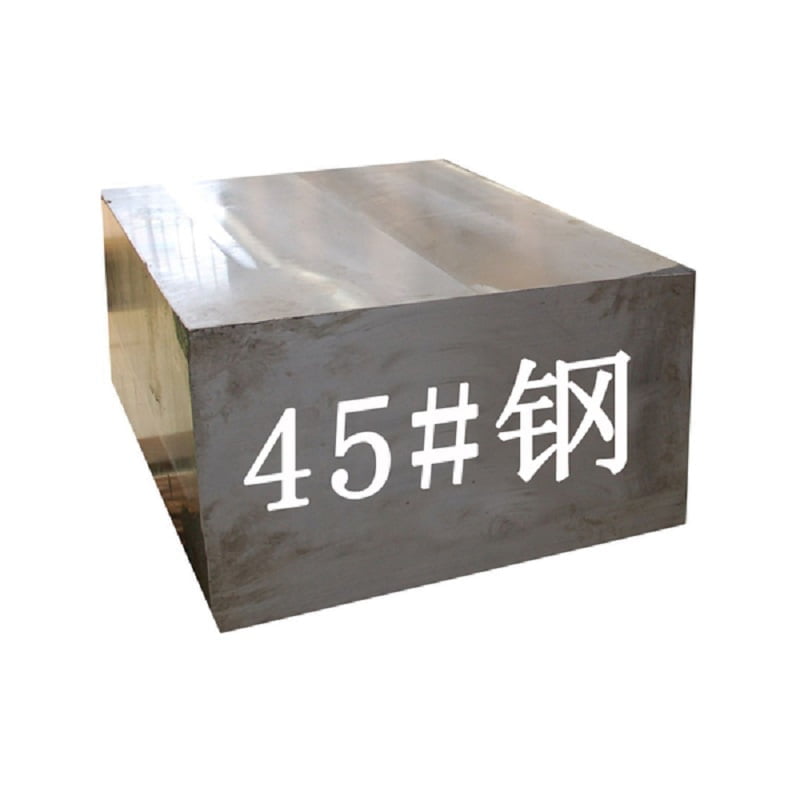S45C und 1045 sind beide Kohlenstoffstähle, aber nicht das gleiche Material. Hier sind die wichtigsten Unterschiede zwischen ihnen:

- Benennung und Standards:
- Beständigkeit gegen thermische Ermüdungsrisse und thermischen Schmelzverlust: Dies ist eine japanische industrielle Standardbezeichnung (JIS) für einen mittleren Kohlenstoffstahl mit einem Kohlenstoffgehalt zwischen 0,42 und 0,48%.
- 1045: Dies ist die American Society für Tests und Materialien (ASTM) für einen mittelgroßen Kohlenstoffstahl mit einem Kohlenstoffgehalt zwischen 0,43 und 0,50%.
- Kohlenstoffgehalt:
- Beständigkeit gegen thermische Ermüdungsrisse und thermischen Schmelzverlust: Hat in der Regel einen Kohlenstoffgehalt, der etwas niedriger als 1045 ist.
- 1045: Hat einen etwas höheren Kohlenstoffgehalt im Vergleich zu S45C.
- Anwendungen:
- Sowohl S45C als auch 1045 sind aufgrund ihrer guten Kombination aus Festigkeit, Zähigkeit und Verschleißfestigkeit weit verbreitete Stähle in verschiedenen Anwendungen.
- Sie werden üblicherweise für Wellen, geschmiedete Teile, Zahnräder, Schrauben, Stufen usw. in der Automobil- und Maschinenindustrie verwendet.
- Regionale Standards:
- S45C ist ein JIS -Standard, während 1045 ein ASTM -Standard ist. Die Wahl zwischen ihnen hängt oft von regionalen Standards und Verfügbarkeit ab.
- Bearbeitbarkeit und Schweißbarkeit:
- Beide Klassen haben aufgrund ihres mittleren Kohlenstoffgehalts eine gute maschinelle Fähigkeit.
- Die Schweißbarkeit kann je nach Kohlenstoffgehalt und anderen Legierungselementen variieren, sind jedoch im Allgemeinen mit geeigneten Vorsichtsmaßnahmen schweißbar.
- Wärmebehandlung:
- Beide Klassen reagieren gut auf Wärmebehandlung wie das Löschen und Temperieren, um die gewünschten mechanischen Eigenschaften zu erreichen.
Zusammenfassend, während S45C und 1045 beide mittelgroße Kohlenstoffstähle mit ähnlichen Kohlenstoffgehalten und mechanischen Eigenschaften sind, werden sie nach unterschiedlichen Standards (JIS bzw. ASTM) bezeichnet und können geringfügige Unterschiede in der chemischen Zusammensetzung und der regionalen Verfügbarkeit aufweisen. Es ist wichtig, die entsprechende Note basierend auf Ihren spezifischen Anwendungsanforderungen und den in Ihrer Region oder Branche folgenden Standards auszuwählen.
